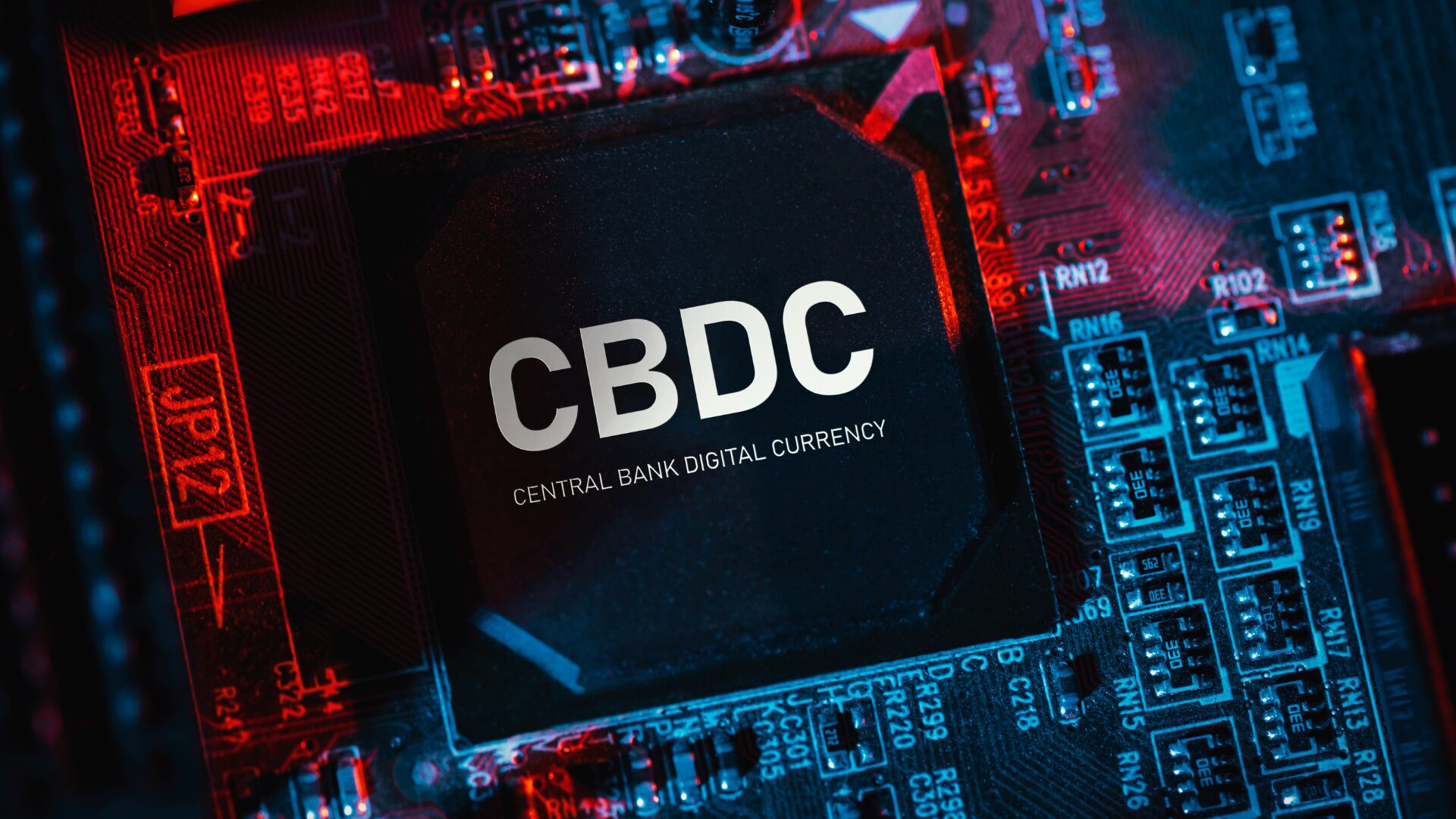In the dynamic world of personal finance management, a significant shift is underway, heralding a new era where vast amounts of information are reshaping our financial landscape. This evolution is anchored in the concept of big data, a term that signifies not just the sheer quantity of data but also its swift flow, diverse nature, and the veracity of the information it contains. Historically, the finance sector has always been a data-intensive field, but the advent of the digital age has exponentially multiplied the volume of data available. This treasure trove of digital information offers unparalleled opportunities for insight and innovation in financial management, signaling a transformative period in the industry.
Personalization: A New Paradigm in Customer Service
The influx of big data into the financial services sector has paved the way for a more customized approach to serving clients. Financial institutions now harness the power of big data to craft services and products that cater to the unique needs of each individual. This level of personalization is achieved through sophisticated predictive analytics, which analyzes past behaviors to offer insights into future financial needs and preferences. Such advancements have drastically enhanced the customer experience, shifting the paradigm from one-size-fits-all solutions to bespoke financial guidance tailored to individual circumstances.
The Future of Financial Advisory: Enhanced by Data
Big data’s influence extends beyond customer service, revolutionizing financial advisory and planning processes. By leveraging complex financial models fed with vast datasets, financial advisors can make more informed decisions, thereby offering superior guidance to their clients. This is particularly evident in investment strategies where big data provides profound insights into market trends, enabling smarter and more predictive investment decisions. The incorporation of big data into financial planning represents a significant leap forward in how financial advice is formulated and executed.
Big Data: A Tool for Risk Management and Growth
In the realm of risk management and fraud detection, big data stands as a formidable ally. By analyzing patterns and trends in massive datasets, financial institutions can more effectively identify and mitigate risks. This capability extends to the detection and prevention of financial fraud, where real-time analysis of transaction data can flag anomalies that may indicate fraudulent activity. Simultaneously, big data’s role in operational efficiency cannot be understated. It aids organizations in streamlining their processes, thereby reducing costs and enhancing operational agility. This dual role of big data in both safeguarding and streamlining finance is a testament to its multifaceted impact on the industry.
In conclusion, the integration of big data into personal finance management marks a significant milestone in the evolution of the financial services industry. As we look towards the future, it is clear that big data will continue to be a driving force in shaping the landscape of personal finance, bringing with it both opportunities and challenges that will need to be navigated with care and expertise. The balance between leveraging technological advancements and maintaining ethical standards in the use of big data will be crucial in ensuring that this transformation benefits both financial institutions and their clients alike.






